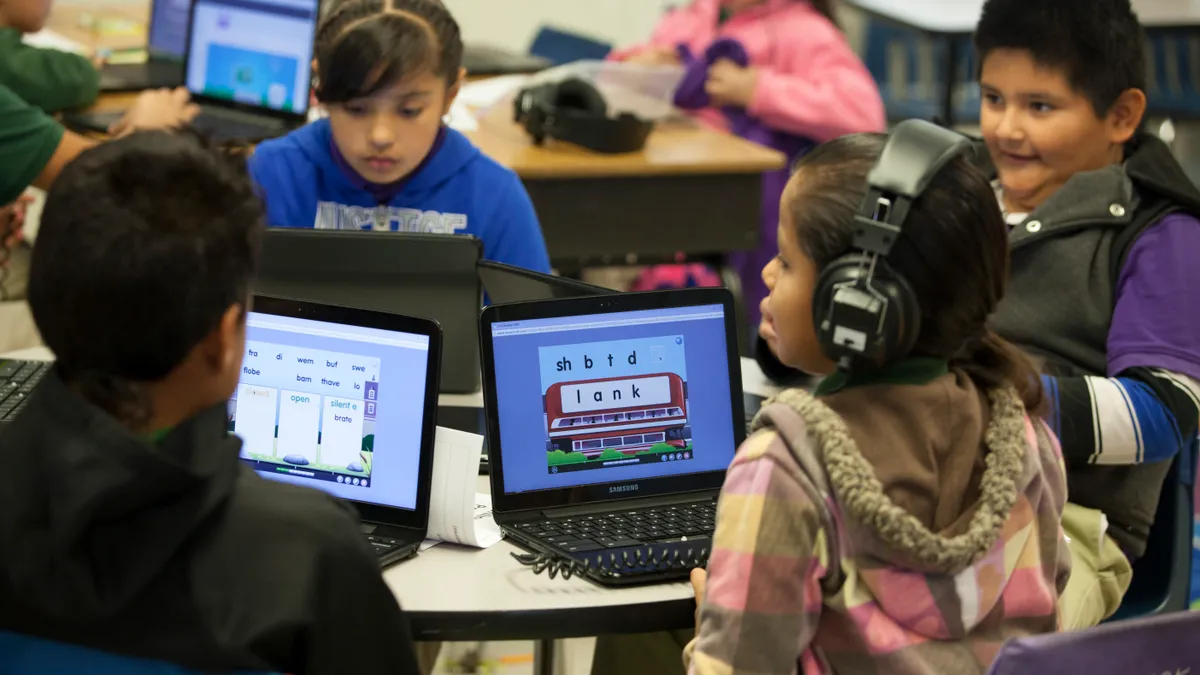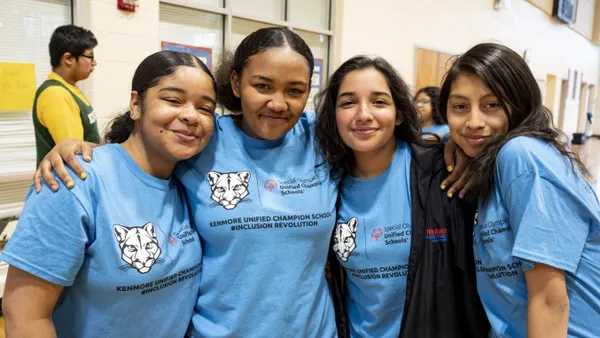Dive Brief:
-
Nearly 30% of Brooklyn Laboratory Charter School’s student body qualifies for special education services, yet they are outperforming their peers in the district thanks to an emphasis on personalized learning, according to The Hechinger Report, which notes that the five-year-old school serves students in grades 6 through 10 and is expanding into a full high school.
-
The school’s philosophy is that all students progress at their own rate. Therefore, all students can benefit from personalized learning and small group instruction, and teachers are trained to identify each student’s needs and create a training program specifically geared for them.
-
Every student gets small group instruction for two hours each day, giving instructors opportunities to help students in areas where they need it most, and the school also hosts a teacher residency and fellowship program that allows for extra adults to be in the classroom.
Dive Insight:
Plenty of research and case studies have been released in recent years in support of personalized learning's benefits. One study recently found this practice can improve reading scores by 21% and math by 23%. Many approaches often use technology that adjusts to students’ skills as they progress.
Tech-based approaches don’t mean, however, that teachers are becoming obsolete. They are still critical to the process, as is also indicated by Brooklyn Laboratory Charter School's focus on small group instruction indicates. Ultimately, personalized models shift the educator to the role of a "guide at the side" rather than that of a "sage on the stage," even if they are using tech-based models. Students must also still be held accountable — the fact that information is made available to them doesn’t mean they will seek it out and consume it.
Benjamin Riley, founder and executive director of Deans for Impact, advocates for a hybrid approach he calls “Alt-Vision” for education. This promotes the idea that teachers should still lead a student’s education, despite technology’s ability to individualize lesson plans, and that these plans should still include the social side of learning.
Those exploring the possibilities of tech-led ed should also keep in mind, however, that the jury is still out on the effects screen time will have on young eyes. As with most education trends, there are some perks and some drawbacks. Using a hybrid of both tech and teacher-led curriculums produces the best practices in the modern classroom, with technology ideally saving teachers time that can be directed elsewhere in the classroom.













